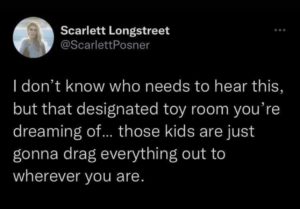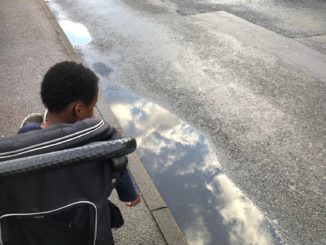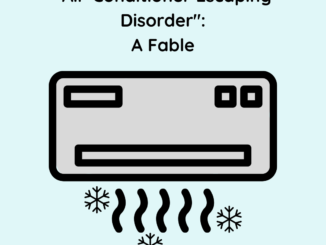Welcome to this week’s edition of “The Occuplaytional Therapist takes a funny image/meme/tweet and way overthinks it…” I’m always dependable for that 😉

Second of all, it’s for good reason: because kids feel connected when they are physically close to you, and because even in the best of circumstances, even with fully supported independent play for stretches of time, kids (especially younger kids) often still want to feel connected and physically close to you.
A lot of well-meaning parents set up a play space or a “yes space” (a safe and beloved play space for a child to explore and use from infancy, where nothing they can do is a “no”) and they put it in the child’s bedroom, or in a designated play room, and then get surprised when the child doesn’t actually love being there and instead wants to keep coming out into the living room or kitchen. The parent might misunderstand this as the child not knowing how to play independently, when actually, the child might learn how to play independently if playing independently didn’t also mean having to be completely alone.
(Other kids do play better completely alone for stretches of time, or even prefer it. This may also shift as the child grows up.)
The “playroom” in our house is our living room and dining room. I don’t leave toys scattered on the floor in the kitchen, I move them out, but my kids do, at this point, run through the kitchen in their play. (We have also, at different times, had gates to block the kitchen.) Yeah, it’s usually a mess everywhere. I am also a bad housekeeper, so I’m the wrong person to advise you on mess. 😉 But my kids also play happily and know I’m nearby, or right in the room with them. I make an effort to bring laundry or other chores into the room and do my work alongside their work (play). They are free to join me in my work if they want (i.e. “help me” fold laundry) or parallel play alongside it (i.e. drive cars on the laundry basket rim).



